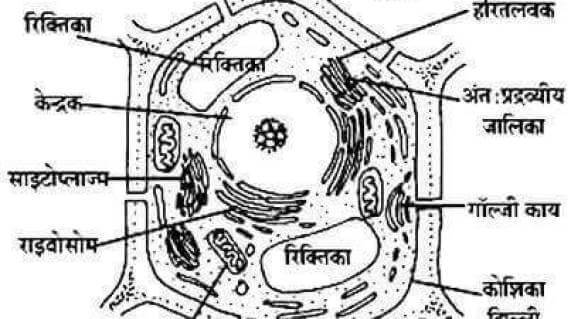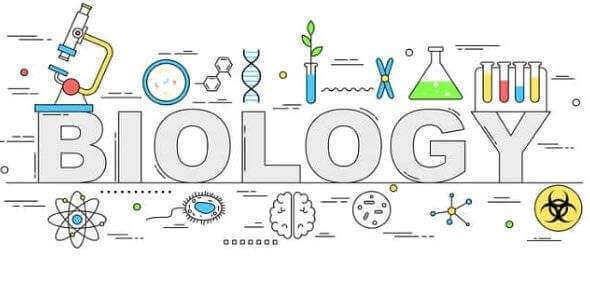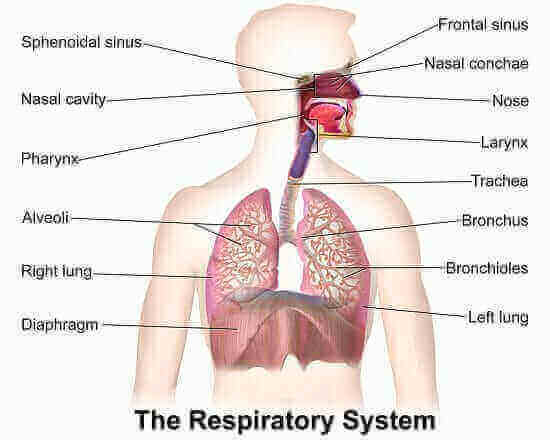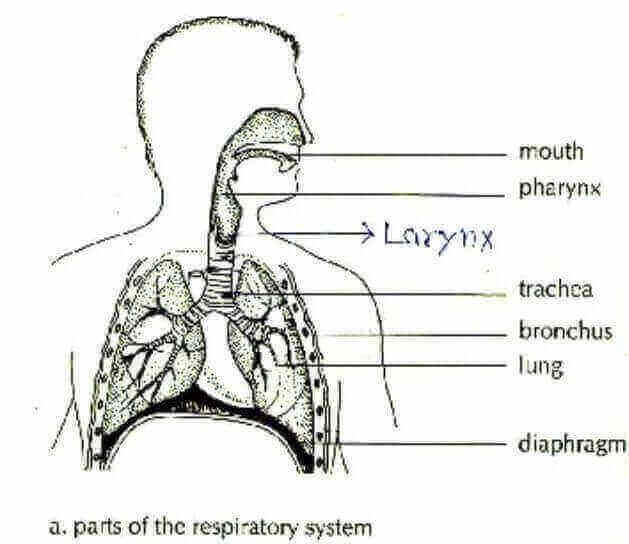Autonomous Nervous System – CNS, ANS

Nervous System Is Made Up Of Nerve Cells.
Nerve Cells Are Known As Neurons.
Neurons Are The Largest Or Longest Cells In The Body.
Nerve Cells Have The Least Ability To Regenerate I.E. The Brain Has The Least Capacity To Regenerate.
The Liver Is The Part Of The Human Body In Which The Number Of Regeneration Is Highest.
On The Basis Of Function And Structure There Are Two Types Of Nerve Cells Called Sensory And Motor Nerve Cells Respectively.
Sensory Nerve Cells Carry The Information Received By The Sensory Organs To The Brain.
The Motor Nerve Cells Carry The Information Given By The Brain To Different Parts Of The Body.
The Organs That Exchange Information Or Messages In The Body Are Collectively Called The Nervous System .
There Are Mainly 4 Organs In It – (1) Nerve Cell, (2) Nerve Ganglion, (3) Brain, (4) Spinal Cord.
The Entire Nervous System Is Divided Into 2 Parts On The Basis Of Functions-
(1) The Central Nervous System – The Central Nervous System (Mainly The Brain, Spinal Cord And Nerves).
( 2) Autonomous Nervous System – The Autonomic Nervous System (Consists Mainly Of Autonomous Organs, Such As The Heart, Lungs, Digestive System, Excretory System.) The Central Nervous System Is Controlled By The Individual, While The Autonomic Nervous System. Are Independent.
The Central Nervous System ( CNS )
It Has 3 Parts- (I) Brain, (Ii) Spinal Cord, (Iii) Nerves.
( I) Brain : This Is The Most Important Part Of The Nervous System .
It Is The Control Center Of The Body. The Weight Of The Human Brain Is About 1300 To 1400 Grams.
A Membrane Called Meninges Is Found Above The Brain.
It Is Also Divided Into 3 Sub-Parts –
A. Cerebrum : This Is The Front Part Of The Brain.
Its Outer Part Is Made Up Of Gray Matter And The Inner Part Is Made Of White Matter.
Its Function Is To Control Voluntary Actions (Sight, Touch, Hearing, Taste, Smell, Etc.) And Intelligence.
This Is The Largest Part Of The Brain. The Temperature In The Body Is Controlled By This Part.
Cerebellum : This Is The Back Part Of The Brain. There Is Less Amount Of Gray Matter In It.
It Does The Work Of Balancing The Body. Cerebellar Balances The Body While Standing, Dancing, Walking, Running, Cycling Etc.
Anthem ( Medulla Oblongata ) : This Is The Posterior Part Of The Brain Which Is Attached To The Spinal Cord.
It Controls Involuntary And Automatic Functions, Such As Lung Function, Heart Function, Digestive System, Blood System, Excretory System, Breathing Rate, Blood Pressure, Body Temperature, Etc.
( Ii) Spinal Cord : The Terminal Brain Is Later Converted Into Spinal Cord .
The Spinal Cord Is Surrounded By 3 Membranes Within The Spine – Respectively Piamater, Archnoid, And Cluramater.
The Main Function Of The Spinal Cord Is To Carry The Sensation (Message) From The Sensory Organs To The Desired Parts Of The Brain And To Carry The Orders Of The Brain To The Site Of Action.
( Iii) Nerves : These Are Groups Of Fibers.
They Carry Information From Sensory Organs To The Spinal Cord Or Brain.
The Spinal Cord Further Divides Into Branches And Turns Into Nerves.
Autonomous Nervous System
In The Body, These Nerves Control The Involuntary Activities (Over Which The Body Has No Control), Such As The Functions Of The Heart, The Functions Of The Lungs, The Functions Of The Digestive System, The Functions Of The Blood Vessels, Etc.
Autonomic Or Peripheral Tantrika Tantra / Nervous System Autonomous Nervous System Is Divided Into 2 Sub-Parts-
Sympathetic Tantrika Tantra / Nervous System And Para-Sympathetic Tantrika Tantra / Nervous System
Sympathetic Tantrika Tantra / Nervous System : This Includes The Lateral Horn , Sympathetic Trunk Andsympathetic Cellsof The Spinal Cord
The Central Part Of This System Is The Lateral Horn. Its Cell Spurs Emerge From The Spinal Cord And Separate And Enter The Sympathetic Trunk.
Its Function Is To Stimulate The Heartbeat.
Para-Sympathetic Tantrika Tantra / Nervous System : This System Includes The Sympathetic Nucleus And Nerve Fibers.
Their Function Is To Work Opposite To The Functions Of The Sympathetic Nervous System. The Sympathetic And Sympathetic Nerves Create Conditions For Adjustment In The Functions Of The Organs.
The Sympathetic System Works By Dilating The Pupils, Decreasing The Secretion Of Salivary And Lacrimal Glands, Constricting Small Arteries And Veins, Dilating The Heart Arteries, Increasing Blood Pressure (Pressure) And Heart Rate.
Conversely, The Sympathetic Nervous System Works By Constricting The Pupils, Increasing The Secretion Of Saliva And Lacrimal Glands, Expanding The Small Arteries And Veins, Constricting The Heart Arteries, Reducing Blood Pressure And Heart Rate.
Reflex Action
Reflex Action Was Discovered By A Scientist Named Marshall Hall .
Sudden Involuntary Actions In The Body Are Called Reflex Actions. Central Nervous System – The Reaction Of The Central Nervous System In Response To A Stimulus Is Called A Variable Action. This Action Is Controlled By The Spinal Cord.
The Mind Has No Control Over Such Actions. For Example- If A Pin Is Pricked In Someone, Then ‘ Ascending Nerves ‘ Informs It To The Spinal Cord, ‘ Descending Nerves ‘ Transmits The Order Of The Spinal Cord To The Finger.
As A Result, The Hand Moves Away From There. The Withdrawal Of Yes In The Event Of A Prick Is Called A Variable Verb.






